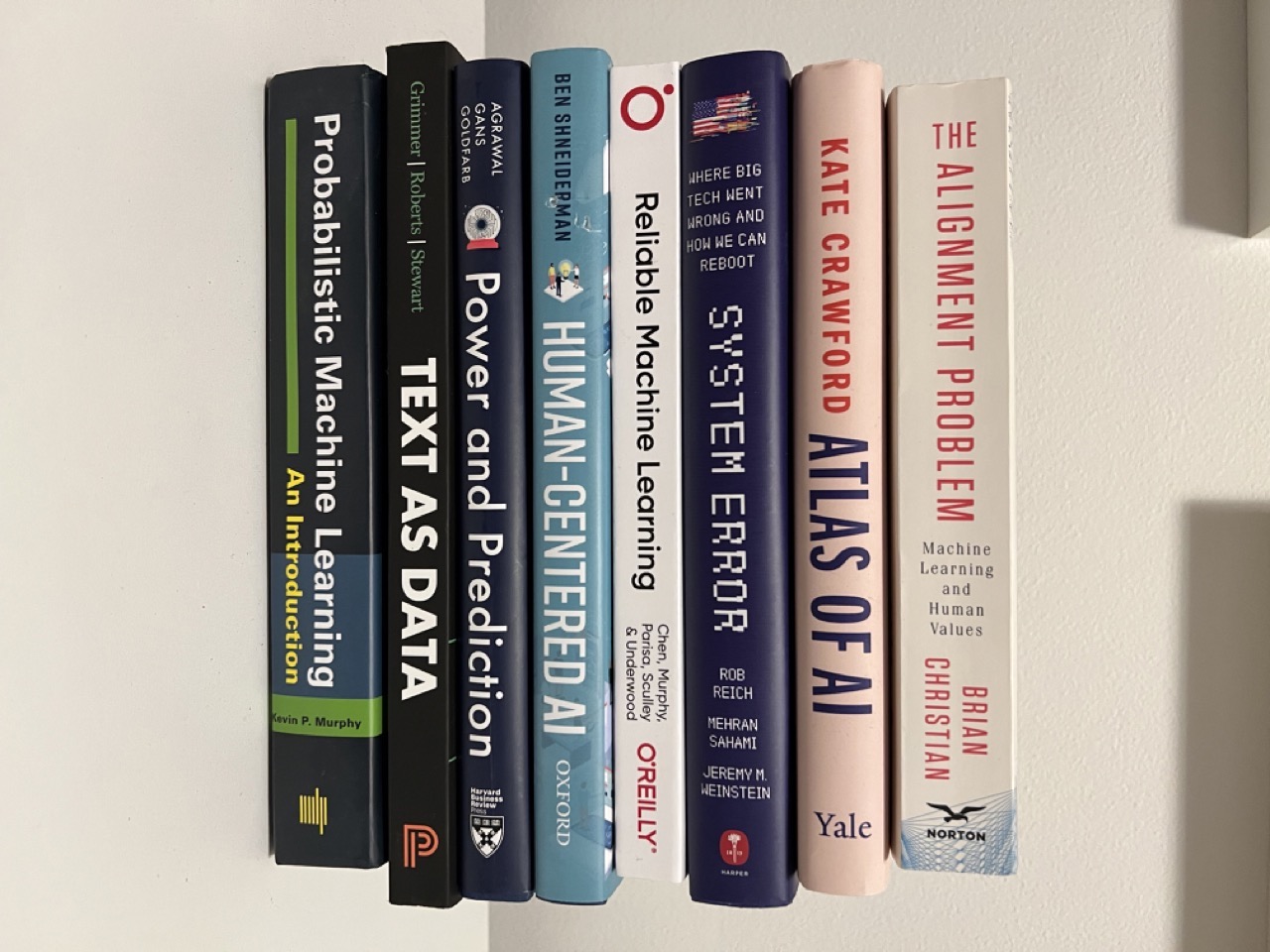I’ve co-authored four comprehensive machine learning books that have helped thousands of practitioners build production-ready ML systems. Each publication addresses critical challenges in the ML engineering lifecycle.
Machine Learning Books
“Generative AI Design Patterns”
O’Reilly Media • Fall 2025
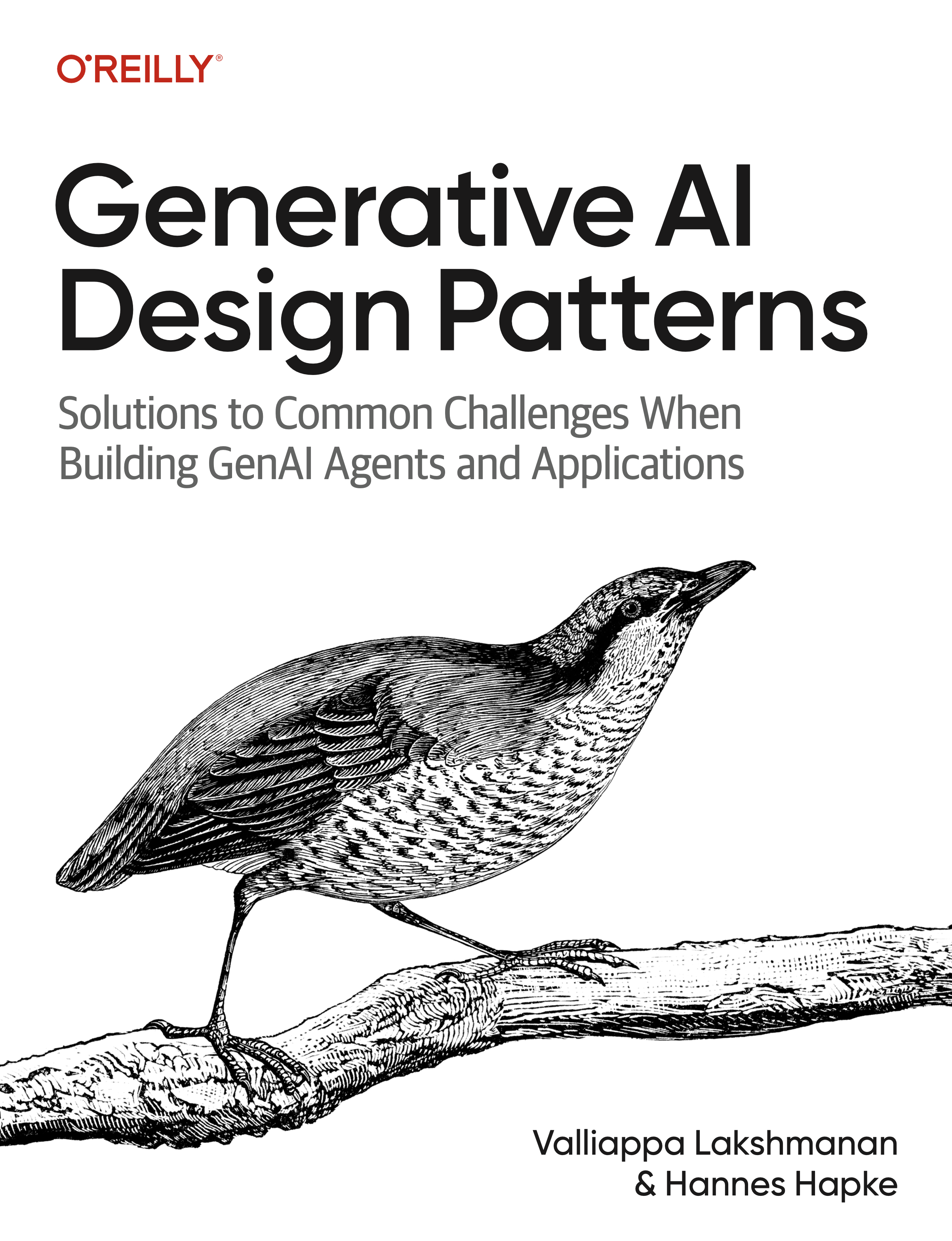
31 essential design patterns for building reliable GenAI applications and agents
Co-authored with Valliappa Lakshmanan, this book addresses the critical challenges developers face when building applications with LLMs and other GenAI models. We codify advances in research and real-world experience into practical advice that can be readily incorporated into production projects.
Key Focus Areas:
- Design patterns for LLM limitations (hallucinations, nondeterminism, knowledge cutoffs)
- Controlling text generation style and grammar constraints
- Balancing creativity with risk management in GenAI systems
- Extending LLM capabilities beyond content creation
- Combining patterns for complex use case solutions
Essential reading for developers, ML engineers, and technical leaders building reliable GenAI applications that perform consistently in production environments.
“Machine Learning Production Systems”
O’Reilly Media • 2024
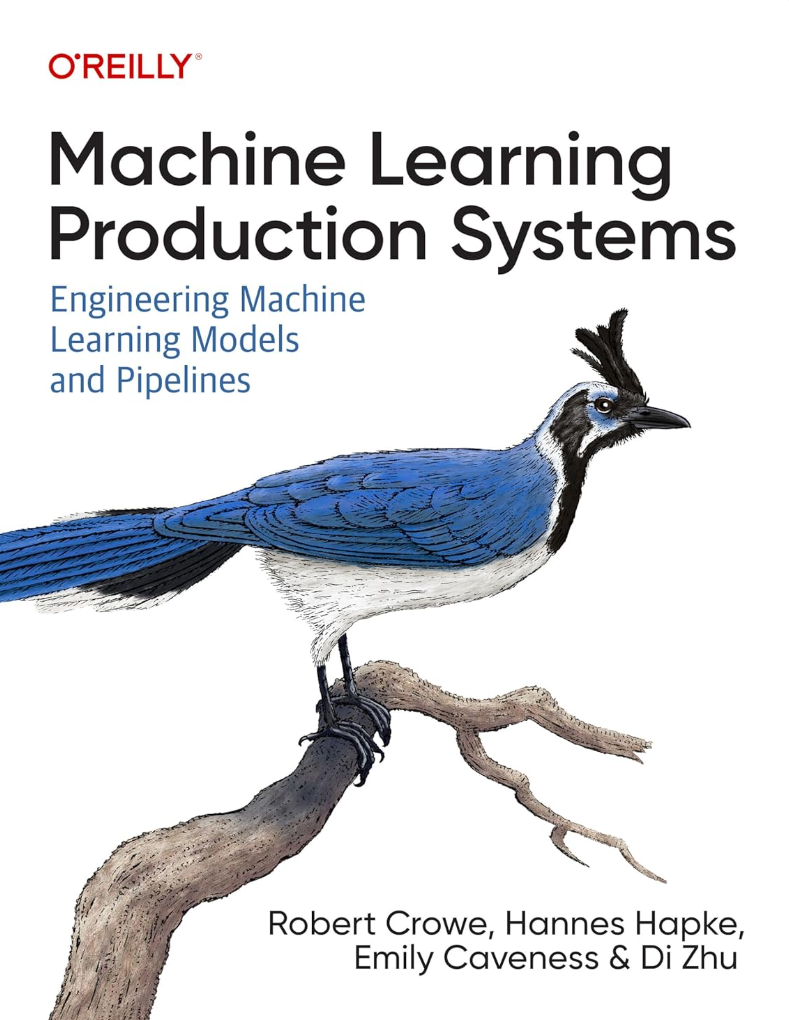
The definitive guide to engineering ML systems for production environments
Co-authored with Robert Crowe, Emily Caveness, and Di Zhu, this book addresses the critical gap between experimental machine learning and production-ready systems. With the rapid evolution of generative AI, we provide updated patterns and architectural blueprints for modern ML deployments.
Key Topics:
- Data management frameworks and governance
- Advanced modeling techniques and optimization
- Robust deployment and serving architectures
- Operational monitoring and maintenance strategies
- GenAI-specific deployment considerations
This comprehensive resource is essential for ML engineers, data scientists, and technical leaders building systems that deliver measurable business value.
“Building Machine Learning Pipelines”
O’Reilly Media • 2020
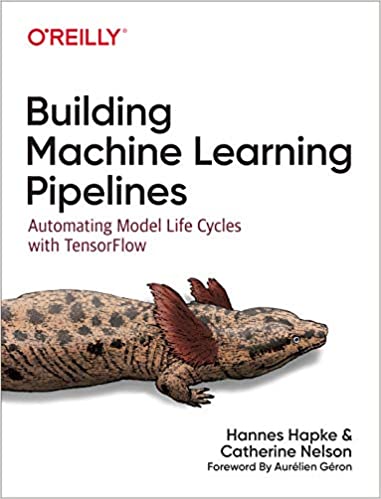
The complete guide to TensorFlow Extended (TFX) and end-to-end ML pipeline engineering
This book provides comprehensive coverage of the entire ML pipeline process, from data ingestion through model deployment and optimization. Unlike resources that focus solely on model training, we thoroughly address the critical early and late stages of the pipeline.
What Sets This Apart:
- Comprehensive coverage of data preprocessing and validation
- Advanced deployment strategies including cloud platforms and containerization
- Model optimization techniques including A/B testing frameworks
- Privacy considerations and feedback loop design
- Production monitoring and maintenance best practices
Perfect for practitioners who need to understand and build robust, scalable ML pipelines that perform reliably in production environments.
“Natural Language Processing in Action”
Manning Publications • 2019
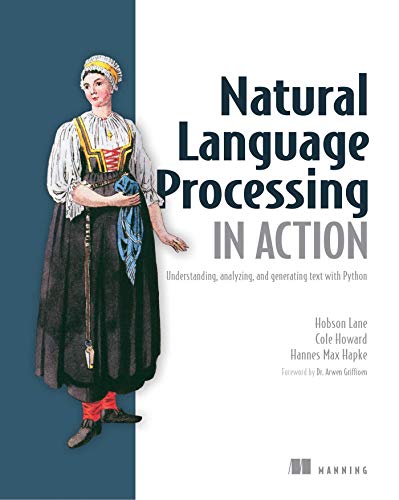
From statistical methods to deep learning: A comprehensive NLP foundation
This practical guide takes readers through the complete spectrum of natural language processing, from fundamental statistical approaches to cutting-edge deep learning techniques. Essential reading for understanding the foundations that make modern transformer architectures possible.
Technical Coverage:
- Statistical methods: bag-of-words, n-grams, and feature engineering
- Vector representations: Word2Vec and semantic embeddings
- Deep learning architectures: CNNs and RNNs for text processing
- Sequence-to-sequence networks for translation and summarization
- GPU optimization techniques for large-scale text processing
By mastering these fundamentals, readers develop the deep understanding necessary to effectively leverage modern transformer-based models and contribute to NLP system design.
These publications reflect my commitment to advancing machine learning engineering practices and helping practitioners build systems that create real-world impact.
